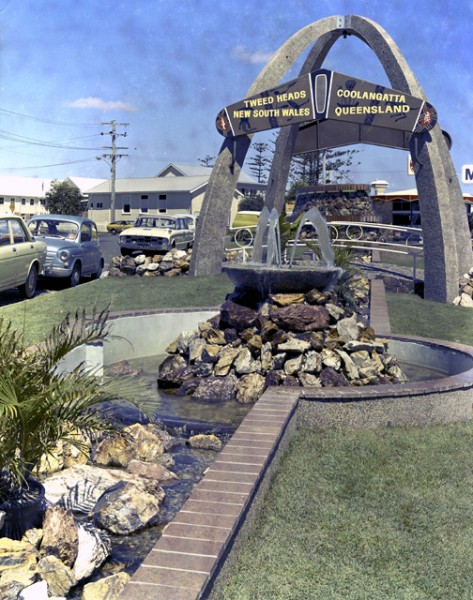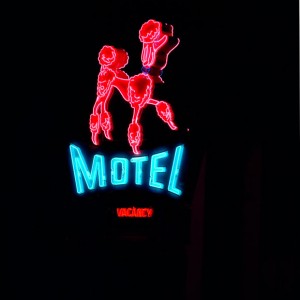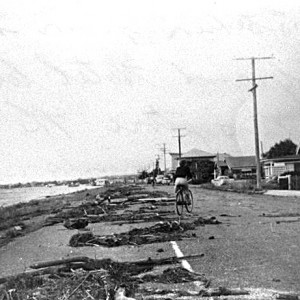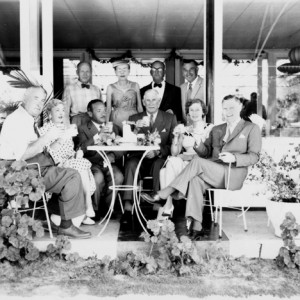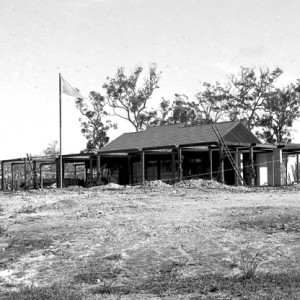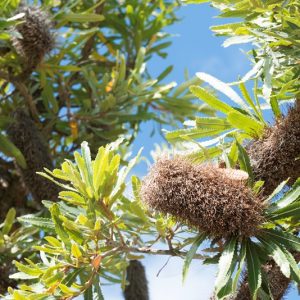
Coolangatta, situated on the beach between the rocky headlands of Point Danger, Greenmount and Kirra, marks the southern end of the surfing beaches that run north from the New South Wales state border to Main Beach near the mouth of the Nerang River in Queensland.
The suburb of Coolangatta, originally a township, is named for the schooner Coolangatta that was wrecked on the beach to the north of the Tweed River in 1846. While waiting to collect a cargo of cedar, the ship dragged its anchors and was washed ashore. A wreck, believed to be the Coolangatta, was uncovered by wave action in 1974 but, given the number of ships that came to grief along the South East coast of Queensland, its identity as the remains of Coolangatta remains uncertain.
The township of Coolangatta was surveyed by Henry Schneider with the first allotments sold in 1884. Within weeks, the first hotel license was issued to Robert Harrison who built the Commercial Hotel. In 1886, Tweed Heads on the other side of the state border was surveyed with the first land sales taking place the following year.
Auctions of land continued in Coolangatta with guest houses, holiday homes and hotels beginning to line the beach front. In 1901 construction of the rail line from Nerang to Tweed Heads began with the line completed and opened to the public on 14 September 1903. Like Southport, excursion days began and brought day trippers from the Brisbane down to the new station in Tweed Heads. For many it was their first journey to the region. The following year, Patrick Fagan’s Greenmount Guesthouse opened its doors.
Despite the growth of the townships on both side of the border, the Nerang Divisional Board’s focus remained on the agricultural hinterland while the increasingly popular seaside tourist towns of Burleigh Heads and Coolangatta received less attention.
Ongoing frustration between the Nerang Divisional Board resulted in the formation of the Coolangatta Town Council in 1914. During this period, well known accommodation houses were opened including: Beach House, Stella Maris, Kirramount and The Grande. Electricity reached the township and the Tweed Heads Coolangatta Surf Life Saving Club was formed.
In 1919 the previously collaborative cross boarder approach adopted by the councils of Tweed Heads and Coolangatta was impacted by the arrival of pneumonic influenza and the rising death toll in the Southern states. The border, previously used as a check against pests was closed to all traffic except for foodstuffs at the end of January 1919.
Relying on the twin town of Tweed Heads for their post office, school, doctor, baker and butcher, the effect on Coolangatta was immediate. For school children, temporary classes were held in the Town Hall until a permanent school building was constructed on Kirra Hill. The sudden closure of the border resulted in Queenslanders stranded in Tweed Heads and subject to quarantine. The border reopened six months later after the pneumonic influenza reached Brisbane.
Coolangatta remained a popular holiday destination for those seeking its combination of camping, guest houses and hotels.
Further reading and sources of information
- No title. (1884, April 30). The Brisbane Courier, p. 5. Retrieved August 30, 2015, from http://nla.gov.au/nla.news-article3429572
- BUSINESS IN PARLIAMENT. (1903, August 12). The Brisbane Courier, p. 4. Retrieved August 30, 2015, from http://nla.gov.au/nla.news-article19220736
- CONFUSION AT COOLANGATTA. (1919, February 1). The Brisbane Courier, p. 5. Retrieved August 30, 2015, from http://nla.gov.au/nla.news-article20260242
- Longhurst, Robert, Nerang Shire; a history to 1949, Albert Shire Council, Nerang 1994
